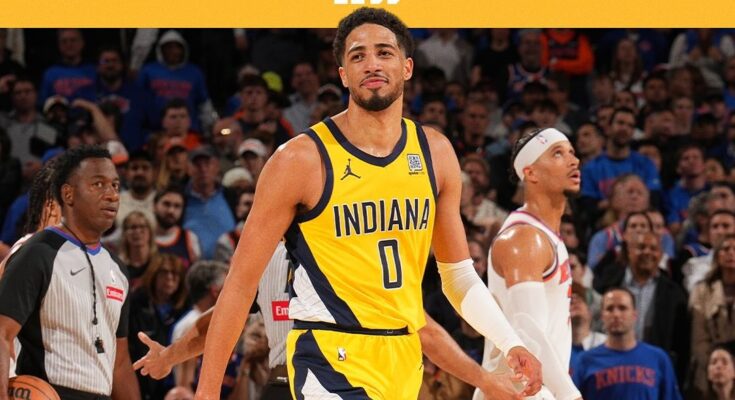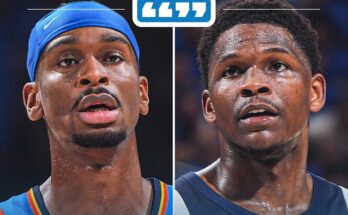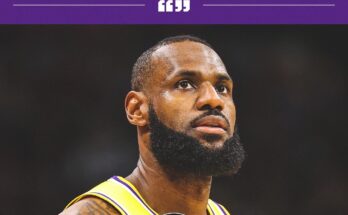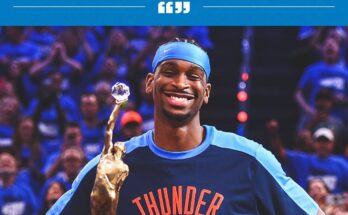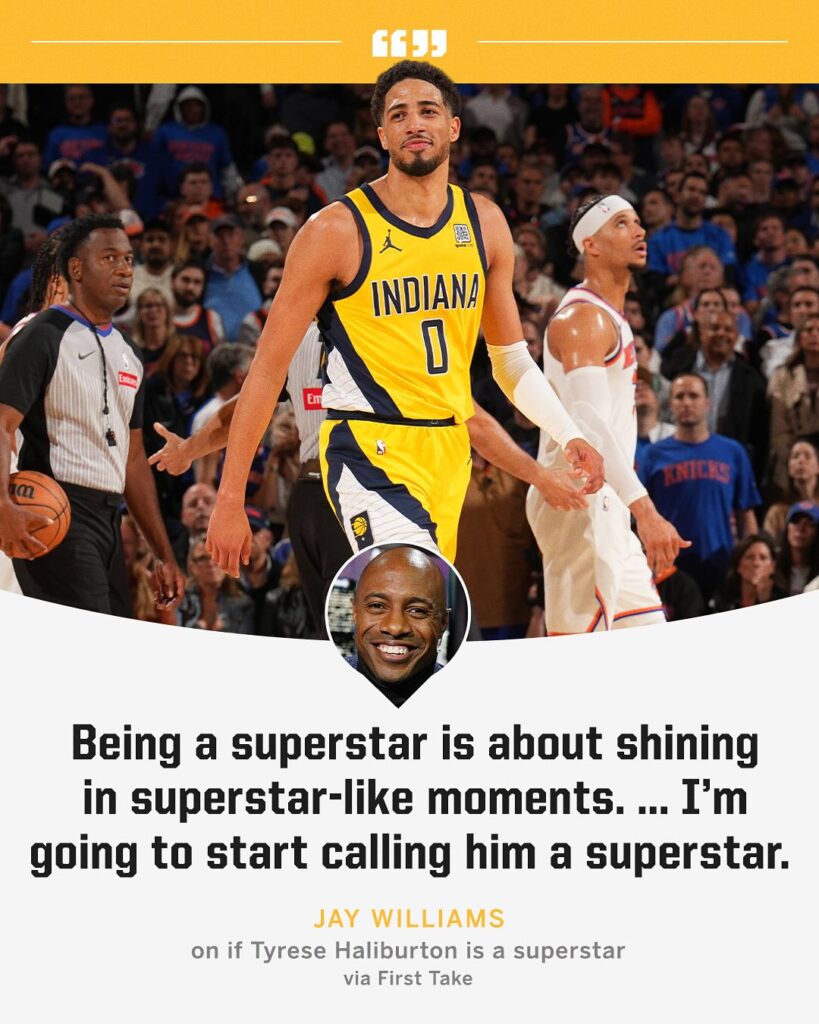
When it comes to forecasting the next great NBA superstar, few discussions ignite as much heated debate, fan engagement, and sports talk theater as when Stephen A. Smith takes the stage. Whether he’s on First Take, guesting on ESPN radio, or dominating social media, Stephen A. has become synonymous with loud, unapologetic, and often polarizing takes on the future of the league. But when he’s joined by fellow analysts like J.J. Redick and Kendrick Perkins—two former NBA players with contrasting perspectives—the conversation becomes something else entirely: a masterclass in basketball discourse, and a clash of eras, ideologies, and egos.
What makes this trio—Stephen A., J.J., and Perkins—so fascinating is the unique lens each brings to the table. Stephen A., a journalist by trade, is known for his impassioned delivery, encyclopedic memory of NBA history, and unwavering opinions. J.J. Redick represents the modern player’s mindset: analytical, stats-driven, and steeped in the realities of the contemporary NBA landscape. Meanwhile, Kendrick Perkins speaks for the old-school mentality—gritty, team-first, and respectful of the “real ones” who earned their stripes the hard way.
The future stars of the NBA are often at the center of their fiercest debates. Whether it’s Victor Wembanyama, Paolo Banchero, Scoot Henderson, or even rising veterans like Anthony Edwards and Tyrese Haliburton, each prospect is evaluated under a microscope. And it’s in these debates where the fire of the trio truly ignites.

Take Wembanyama, for example. The 7’4” French phenom is often the subject of both praise and skepticism. Stephen A. might call him a “once-in-a-generation unicorn” capable of redefining the center position, pointing to his handle, shot-blocking, and fluidity. J.J. Redick, however, might temper the hype with caution—raising concerns about durability, the adjustment to NBA physicality, and the sustainability of his playstyle. Perkins, ever the realist, could be more blunt: “I don’t care what you do in the EuroLeague. Can you survive against Jokic? Can you bang with Embiid?”
Each of them plays a role in balancing the hype machine. Stephen A. builds it. Redick checks it with data. Perkins challenges it with the truth of experience.
It’s not just the players they debate—it’s the very philosophy of how stars are made. Stephen A. often leans on narrative and legacy. He’ll frame a discussion around whether a player has the “it” factor, or whether they can carry a franchise in the playoffs. J.J. Redick prefers evidence: shot charts, usage rates, on/off splits, advanced metrics. He’ll argue that a player’s value can’t be measured by how loud the crowd gets after a dunk, but by their impact on the game flow. Perkins? He looks for heart. Toughness. Mentality. “I don’t care about no analytics if you ain’t got dawg in you,” he’s known to say.
This ideological tug-of-war mirrors the broader discourse among fans and front offices. The NBA is evolving. The league is younger, more international, more versatile than ever before. What defines a “future star” now isn’t just points per game, but impact, adaptability, and how well a player fits into the modern pace-and-space system.
Stephen A.’s passionate monologues often strike a chord because they reflect the dreams of fans—hoping that their team’s young talent will blossom into the next Kobe or LeBron. Redick tempers that hope with the harsh reality that not every No. 1 pick becomes a superstar. Perkins, meanwhile, gives voice to the overlooked—players who aren’t flashy but are essential.
Sometimes, the trio clashes spectacularly. In one memorable debate, Redick called out Perkins for cherry-picking stats, leading to a viral exchange that lit up NBA Twitter for days. Another time, Stephen A. dismissed Redick’s skepticism about a young guard, only to later walk back his comments when the player struggled. These moments aren’t just entertaining—they’re educational. They show the different ways we can evaluate talent, and the difficulty of predicting greatness in a league as dynamic as the NBA.
What’s perhaps most compelling is that despite their disagreements, all three are united by a love for the game and a deep desire to see it evolve. They want the next generation to succeed, and they care deeply about how the future of the league is shaped.
In a world of hot takes and short attention spans, the Stephen A. trio—sometimes chaotic, sometimes enlightening—keeps the conversation alive. They bring depth to a subject that’s often treated with surface-level analysis. And while they might not always agree on who the future stars will be, they make one thing clear: the path to NBA superstardom is as thrilling, unpredictable, and fiercely debated as the game itself.
So next time Stephen A., J.J., and Perk take the stage, lean in. You might not agree with everything they say. But you’ll come away with a deeper appreciation of the stakes, the nuance, and the fire behind every young player fighting to become the next face of the league.
